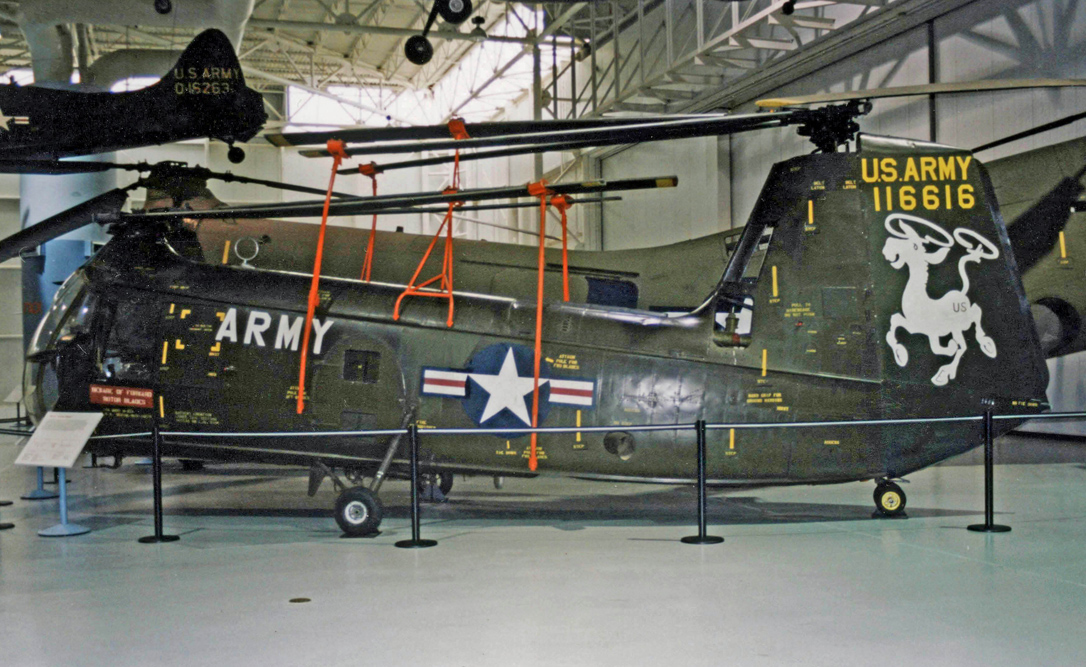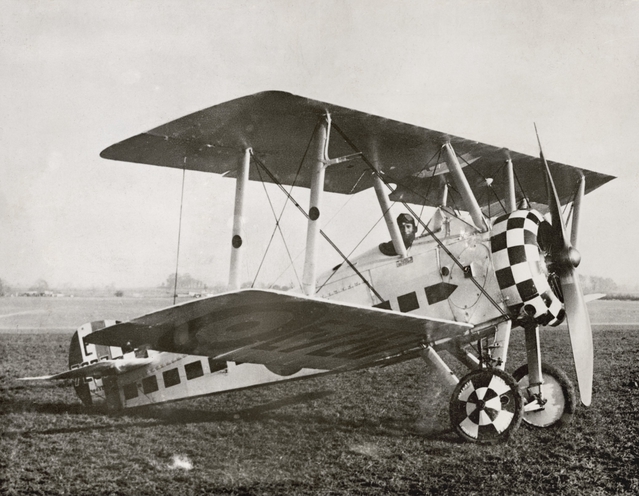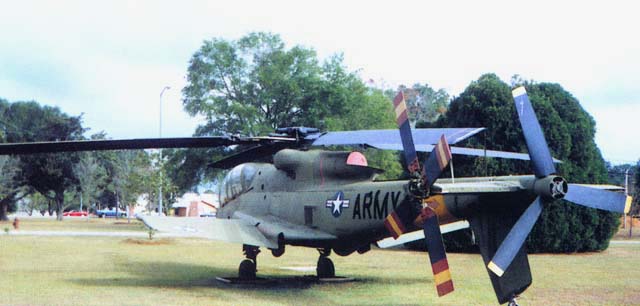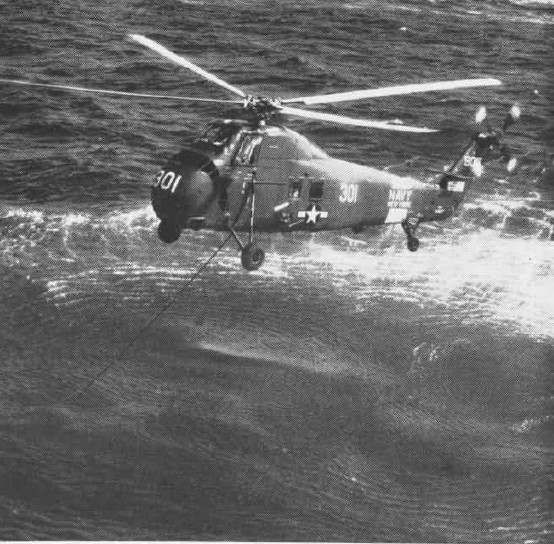|
Army Aviation Museum
The United States Army Aviation Museum is an aviation museum located on Fort Rucker near Daleville, Alabama. It has the largest collection of helicopters held by a museum in the world.Phillips 1992, p. 37.Purner 2004, p. 204. The museum features some 50 aircraft on public display with aviation artifacts ranging from a replica of the Wright brothers' Model B military biplane to an AH-64 Apache from Operation Desert Storm. The museum has over 160 aircraft in its collection and holds 3,000 historical items. History The museum broke ground on a new building called the Training Support Facility in November 2019. Collection On display Other notable aircraft * Sikorsky S-72 Rotor Systems Research Aircraft (RSRA) * McDonnell XV-1 Convertiplane * Ryan XV-5B Vertifan * Hawker XV-6A Kestrel * Ryan VZ-3RY Vertiplane * YH-41A Seneca * Curtiss-Wright VZ-7 Sources: US Army Aviation Museum collection pages [...More Info...] [...Related Items...] OR: [Wikipedia] [Google] [Baidu] |
Bell AH-1 Cobra
The Bell AH-1 Cobra is a single-engined attack helicopter developed and manufactured by the American rotorcraft manufacturer Bell Helicopter. A member of the prolific Huey family, the AH-1 is also referred to as the HueyCobra or Snake. The AH-1 was rapidly developed as an interim gunship in response to the United States Army's needs in the Vietnam War. It used the same engine, transmission and rotor system of the Bell UH-1 Iroquois, which had already proven itself to be a capable platform during the conflict, but paired it with a redesigned narrow fuselage among other features. The original AH-1, being a dedicated attack helicopter, came equipped with stub wings for various weapons, a chin-mounted gun turret, and an armored tandem cockpit, from which its was operated by a pilot and gunner. Its design was shaped to fulfil a need for a dedicated armed escort for transport helicopter, giving the latter greater survivability in contested environments. On 7 September 1965, the ... [...More Info...] [...Related Items...] OR: [Wikipedia] [Google] [Baidu] |
Piasecki H-25
The Piasecki HUP Retriever/H-25 Army Mule is a compact single radial engine, twin overlapping tandem rotor utility helicopter developed by the Piasecki Helicopter Corporation of Morton, Pennsylvania. Designed to a United States Navy specification, the helicopter was produced from 1949 to 1954, and was also used by the United States Army and foreign navies. The HUP/H-25 was the first helicopter to be produced with an autopilot and also the first to perform a loop. Design and development The design was a product of a competition by the U.S. Navy in 1945 for a compact utility/rescue helicopter to operate from ships including aircraft carriers, battleships, and cruisers. Either 2 or 3 prototypes—designated PV-14 by the factory and XHJP-1 by the Navy—were built and subjected to a side-by-side flight evaluation against the 3 prototypes of the Sikorsky XHJS-1; however, the XHJS was fundamentally a scaled-up version of the Sikorsky H-5, and the increased weight and size magnified the ... [...More Info...] [...Related Items...] OR: [Wikipedia] [Google] [Baidu] |
Sopwith Camel
The Sopwith Camel is a British First World War single-seat biplane fighter aircraft that was introduced on the Western Front in 1917. It was developed by the Sopwith Aviation Company as a successor to the Sopwith Pup and became one of the best known fighter aircraft of the Great War. The Camel was powered by a single rotary engine and was armed with twin synchronized Vickers machine guns. Though difficult to handle, it was highly manoeuvrable in the hands of an experienced pilot, a vital attribute in the relatively low-speed, low-altitude dogfights of the era. In total, Camel pilots have been credited with downing 1,294 enemy aircraft, more than any other Allied fighter of the conflict. Towards the end of the First World War, the type also saw use as a ground-attack aircraft, partly because the capabilities of fighter aircraft on both sides had advanced rapidly and left the Camel somewhat outclassed. The main variant of the Camel was designated as the F.1. Other variants ... [...More Info...] [...Related Items...] OR: [Wikipedia] [Google] [Baidu] |
Royal Aircraft Factory B
Royal may refer to: People * Royal (name), a list of people with either the surname or given name * A member of a royal family Places United States * Royal, Arkansas, an unincorporated community * Royal, Illinois, a village * Royal, Iowa, a city * Royal, Missouri, an unincorporated community * Royal, Nebraska, a village * Royal, Franklin County, North Carolina, an unincorporated area * Royal, Utah, a ghost town * Royal, West Virginia, an unincorporated community * Royal Gorge, on the Arkansas River in Colorado * Royal Township (other) Elsewhere * Mount Royal, a hill in Montreal, Canada * Royal Canal, Dublin, Ireland * Royal National Park, New South Wales, Australia Arts, entertainment, and media * ''Royal'' (Jesse Royal album), a 2021 reggae album * ''The Royal'', a British medical drama television series * ''The Royal Magazine'', a monthly British literary magazine published between 1898 and 1939 * ''Royal'' (Indian magazine), a men's lifestyle bimonthly * Royal T ... [...More Info...] [...Related Items...] OR: [Wikipedia] [Google] [Baidu] |
Nieuport 28
The Nieuport 28 C.1, a French biplane fighter aircraft flown during World War I, was built by Nieuport and designed by Gustave Delage. Owing its lineage to the successful line of sesquiplane fighters that included the Nieuport 17, the Nieuport 28 continued a similar design philosophy of a lightweight and highly maneuverable aircraft. By the time the Nieuport 28 was available, the SPAD XIII had been chosen to equip the ''escadrilles de chasse'' of the Aéronautique Militaire for 1918, and this fighter was also the first choice for the projected American "pursuit" squadrons. In the event, a shortage of SPADs led to Nieuport 28s being issued to four American squadrons between March and August 1918, becoming the first aircraft to see operational service with an American fighter squadron. Nieuport 28s saw considerable post-war service: in particular 50 from a later production run were shipped to America, and as well as army and naval service these found civilian use, especiall ... [...More Info...] [...Related Items...] OR: [Wikipedia] [Google] [Baidu] |
UH-60 Black Hawk
The Sikorsky UH-60 Black Hawk is a four-blade, twin-engine, medium-lift utility military helicopter manufactured by Sikorsky Aircraft. Sikorsky submitted the S-70 design for the United States Army's Utility Tactical Transport Aircraft System (UTTAS) competition in 1972. The Army designated the prototype as the ''YUH-60A'' and selected the Black Hawk as the winner of the program in 1976, after a fly-off competition with the Boeing Vertol YUH-61. Named after the Native American war leader Black Hawk, the UH-60A entered service with the U.S. Army in 1979, to replace the Bell UH-1 Iroquois as the Army's tactical transport helicopter. This was followed by the fielding of electronic warfare and special operations variants of the Black Hawk. Improved UH-60L and UH-60M utility variants have also been developed. Modified versions have also been developed for the U.S. Navy, Air Force, and Coast Guard. In addition to U.S. Army use, the UH-60 family has been exported to several nations. ... [...More Info...] [...Related Items...] OR: [Wikipedia] [Google] [Baidu] |
AH-56 Cheyenne
The Lockheed AH-56 Cheyenne was an attack helicopter developed by Lockheed for the United States Army The United States Army (USA) is the land service branch of the United States Armed Forces. It is one of the eight U.S. uniformed services, and is designated as the Army of the United States in the U.S. Constitution.Article II, section 2, cla .... It rose from the Army's Advanced Aerial Fire Support System (AAFSS) program to field the service's first dedicated attack helicopter. Lockheed designed the Cheyenne using a four-blade rigid-rotor system and configured the aircraft as a compound helicopter with low-mounted wings and a tail-mounted thrusting propeller driven by a General Electric T64 turboshaft engine. The Cheyenne was to have a high-speed dash capability to provide armed escort for the Army's transport helicopters, such as the Bell UH-1 Iroquois. In 1966, the Army awarded Lockheed a contract for ten AH-56 prototypes, but as a stopgap also ordered the less com ... [...More Info...] [...Related Items...] OR: [Wikipedia] [Google] [Baidu] |
Sikorsky H-34
The Sikorsky H-34 "Choctaw" (company designation S-58) is an American Reciprocating engine, piston-engined military helicopter originally designed by Sikorsky Aircraft, Sikorsky as an anti-submarine warfare (ASW) aircraft for the United States Navy. It has seen extended use when adapted to Turboshaft, turbine power by the British licensee as the Westland Wessex and Sikorsky as the later S-58T. H-34s served, mostly as medium transports, on every continent with the armed forces of 25 countries. It saw combat in Algeria, the Dominican Republic, Nicaragua, and throughout Southeast Asia. Other uses included saving flood victims, recovering astronauts, fighting fires, and carrying presidents. It was the last piston-engined helicopter to be operated by the United States Marine Corps, having been replaced by turbine-powered types such as the Bell UH-1 Iroquois, UH-1 Huey and Boeing Vertol CH-46 Sea Knight, CH-46 Sea Knight. A total of 2,108 H-34s were manufactured between 1953 and 1970 ... [...More Info...] [...Related Items...] OR: [Wikipedia] [Google] [Baidu] |
UH-1 Iroquois
The Bell UH-1 Iroquois (nicknamed "Huey") is a utility military helicopter designed and produced by the American aerospace company Bell Helicopter. It is the first member of the prolific Huey family, as well as the first turbine-powered helicopter in service with the United States military. Development of the Iroquois started in the early 1950s, a major impetus being a requirement issued by the United States Army for a new medical evacuation and utility helicopter. The Bell 204, first flown on 20 October 1956, was warmly received, particularly for the performance of its single turboshaft engine over piston engine-powered counterparts. An initial production contract for 100 ''HU-1A''s was issued in March 1960. In response to criticisms over the rotorcraft's power, Bell quickly developed multiple models furnished with more powerful engines; in comparison to the prototype's Lycoming YT53-L-1 (LTC1B-1) engine, producing 700 shp (520 kW), by 1966, the Lycoming T53-L-13, cap ... [...More Info...] [...Related Items...] OR: [Wikipedia] [Google] [Baidu] |
TH-55 Osage
The Hughes TH-55 Osage is a piston-powered light training helicopter produced for the United States Army. It was also produced as the Model 269 family of light utility helicopters, some of which were marketed as the Model 300. The Model 300C was produced and further developed by Schweizer after 1983. Development In 1955, Hughes Tool Company's Aircraft Division carried out a market survey which showed that there was a demand for a low-cost, lightweight two-seat helicopter. The division began building the Model 269 in September 1955. It was initially designed with a fully glazed cockpit with seating for two pilots, or a pilot and passenger. It also had an open-framework fuselage and a three-blade articulated rotor. The prototype flew on 2 October 1956,"Military helicopters." ''Evergreen Aviation a ... [...More Info...] [...Related Items...] OR: [Wikipedia] [Google] [Baidu] |
Sikorsky H-5
The Sikorsky H-5 (initially designated R-5 and also known as S-48, S-51 and by company designation VS-327Fitzsimons, Bernard, (general editor). ''Illustrated Encyclopedia of 20th Century Weapons and Warfare'' (London: Phoebus, 1978), Volume 20, p.2173, "R-5, Sikorsky".) was a helicopter built by Sikorsky Aircraft Corporation. It was used by the United States Air Force, and its predecessor, the United States Army Air Forces, as well as the United States Navy and United States Coast Guard (with the designations HO2S and HO3S). It was also used by the United States Post Office Department. The civilian version, under the designation S-51, was the first helicopter to be operated commercially, commencing in 1946. In December 1946, an agreement was signed between the British company Westland Aircraft and Sikorsky to produce a British version of the H-5, to be manufactured under license in Britain as the Westland-Sikorsky WS-51 Dragonfly. By the time production ceased in 1951, more ... [...More Info...] [...Related Items...] OR: [Wikipedia] [Google] [Baidu] |
Sikorsky R-4
The Sikorsky R-4 is a two-seat helicopter that was designed by Igor Sikorsky with a single, three-bladed main rotor and powered by a radial engine. The R-4 was the world's first large-scale mass-produced helicopter and the first helicopter used by the United States Army Air Forces,"Sikorsky R-4B Hoverfly" ''National Museum of the United States Air Force''. Retrieved: 25 July 2016. the , the and the |










